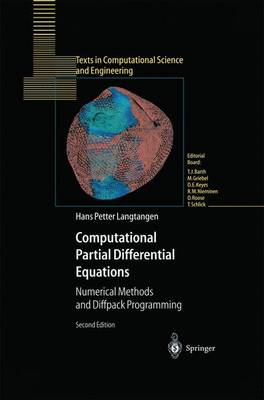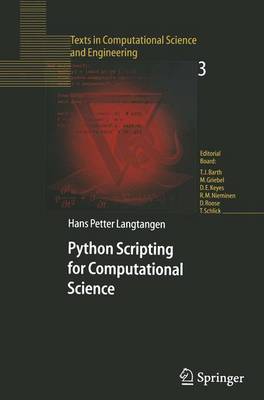Texts in Computational Science and Engineering
2 primary works
Book 1
This text teaches finite element methods and basic finite difference methods from a computational point of view. It emphasizes developing flexible computer programs using the numerical library Diffpack, which is detailed for problems including model equations in applied mathematics, heat transfer, elasticity, and viscous fluid flow. This edition offers new applications and projects, and all program examples are available on the Internet.
Book 3
The goal of this book is to teach computational scientists how to develop tailored, flexible, and human-efficient working environments built from small programs (scripts), written in the easy-to-learn, high-level language Python. The focus is on examples and applications of relevance to computational scientists: gluing existing applications and tools, e.g. for automating simulation, data analysis, and visualization; steering simulations and computational experiments; equipping old programs with graphical user interfaces; making computational Web applications; and creating interactive interfaces with a Maple/Matlab-like syntax to numerical applications in C/C++ or Fortran. In short, scripting with Python makes you much more productive, increases the reliability of your scientific work and lets you have more fun - on Unix, Windows and Macintosh. All the tools and examples in this book are open source codes. The second edition features new material, reorganization of text, improved examples and tools, updated information, and correction of errors.

